We’re all familiar with the classic kitchen measuring tools: cups, spoons, bowls, and scales. Well, it’s time to add a ruler to this lineup. You may be surprised to learn that rulers are a key tool in the kitchen, and they’re just about a necessity when baking cakes, pies, and cookies or making perfectly cooked sauces and evenly sliced bread.
Adding this tool to your kitchen lineup isn’t a chore, either. They’re inexpensive, don’t take up much space, and once you begin using one, you’ll wonder why you went so long without it.
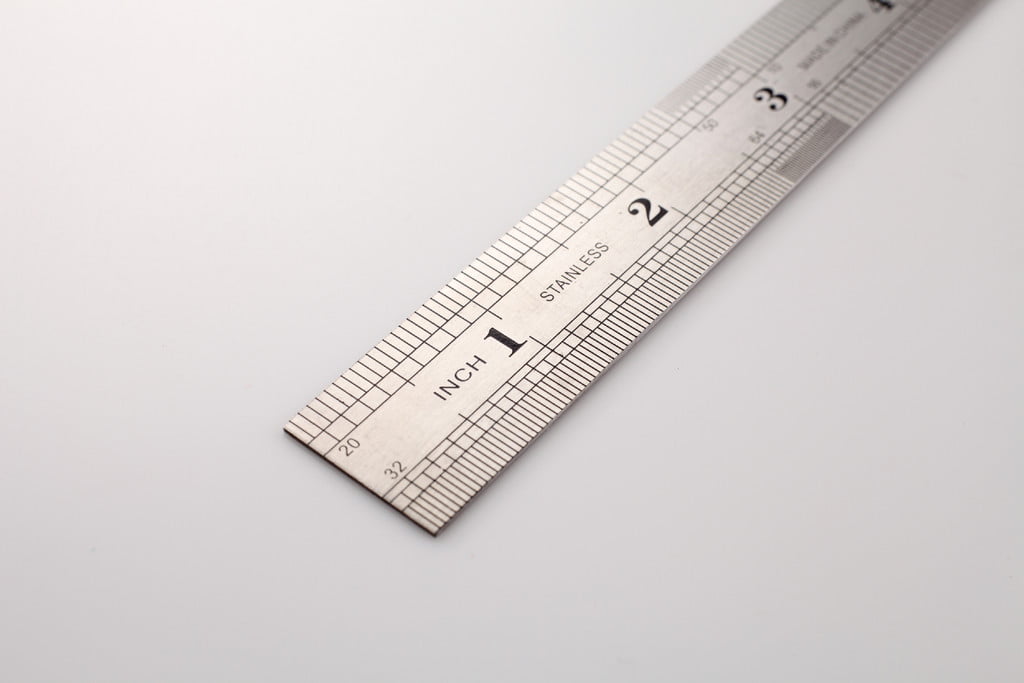
Go metal
While any ruler can get the job done, we recommend grabbing one made of metal. This material is easy to clean and won’t rust, warp, or melt when exposed to heat. We love this Breman Precision three-piece metal ruler set from Amazon, which includes one 6-inch ruler and two 12-inch ones that have conversion tables on them for easy measuring. Each one is made with high-grade, rust-proof stainless steel so, when making sauces, the hot liquid won’t damage the tool.
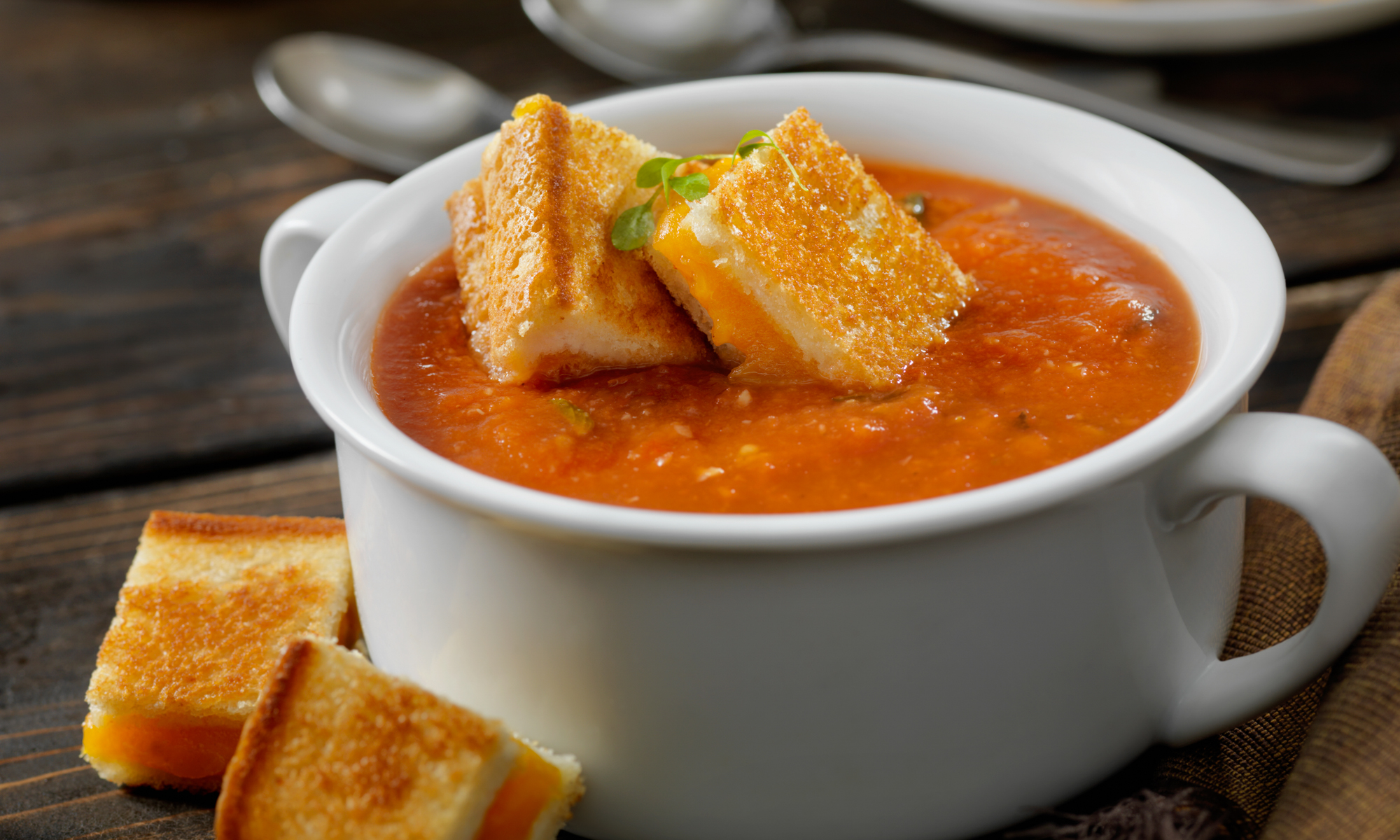
Sauces rule
Speaking of sauces, rulers are a necessity when reducing them. For example, if a recipe calls for reducing the sauce by exactly half or requires you to cover tomatoes by an inch of water, sticking a ruler right in the pot is the easiest method. While more seasoned chefs may be able to track these measurements by sight alone, beginner chefs can use a ruler while they’re training their eyes.
We also recommend using rulers when cooking with expensive ingredients. There’s nothing worse than having to start over because you reduced a sauce by too much, and wasting expensive food is always frustrating. Instead of playing the guessing game, just put the ruler in at the beginning and measure as it cooks to follow the recipe to the letter.
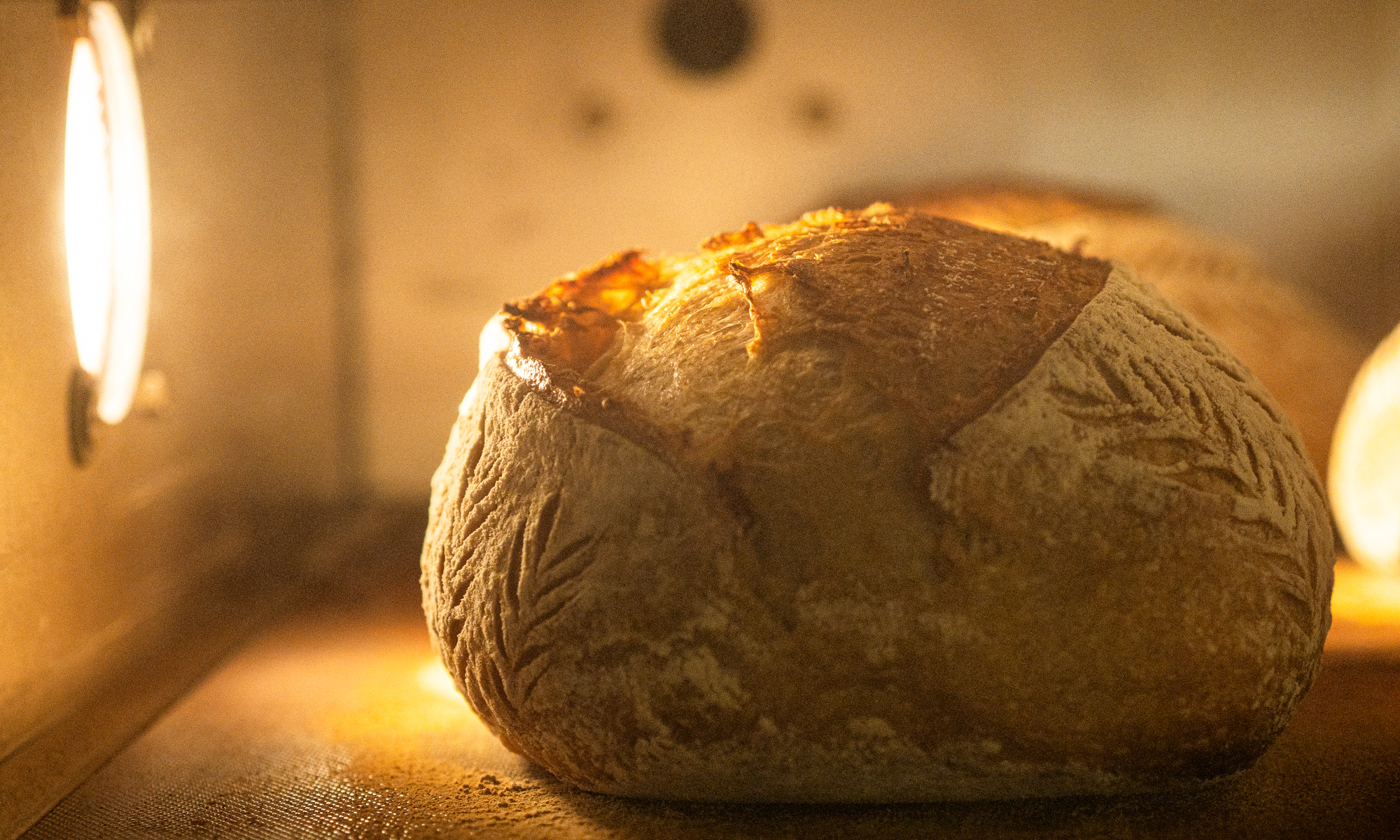
Measuring dough
If you’re making bread, pizza, biscuits, or cookies, it’s important to measure the diameter and thickness of the dough. Baking is an exact science, so there’s little room for error. Rolling out your dough to the necessary thickness is key to making sure your pie doesn’t burn or undercook. Further, if you’re splitting a cake into thirds to make layers, it’s best to measure the thickness with a ruler to make sure you’re cutting it into three even pieces. If your metal ruler is thin enough, you can also use it to cut right through the dough or cake in a pinch, too. Just make sure to spray or rub it with oil first so it doesn’t stick.
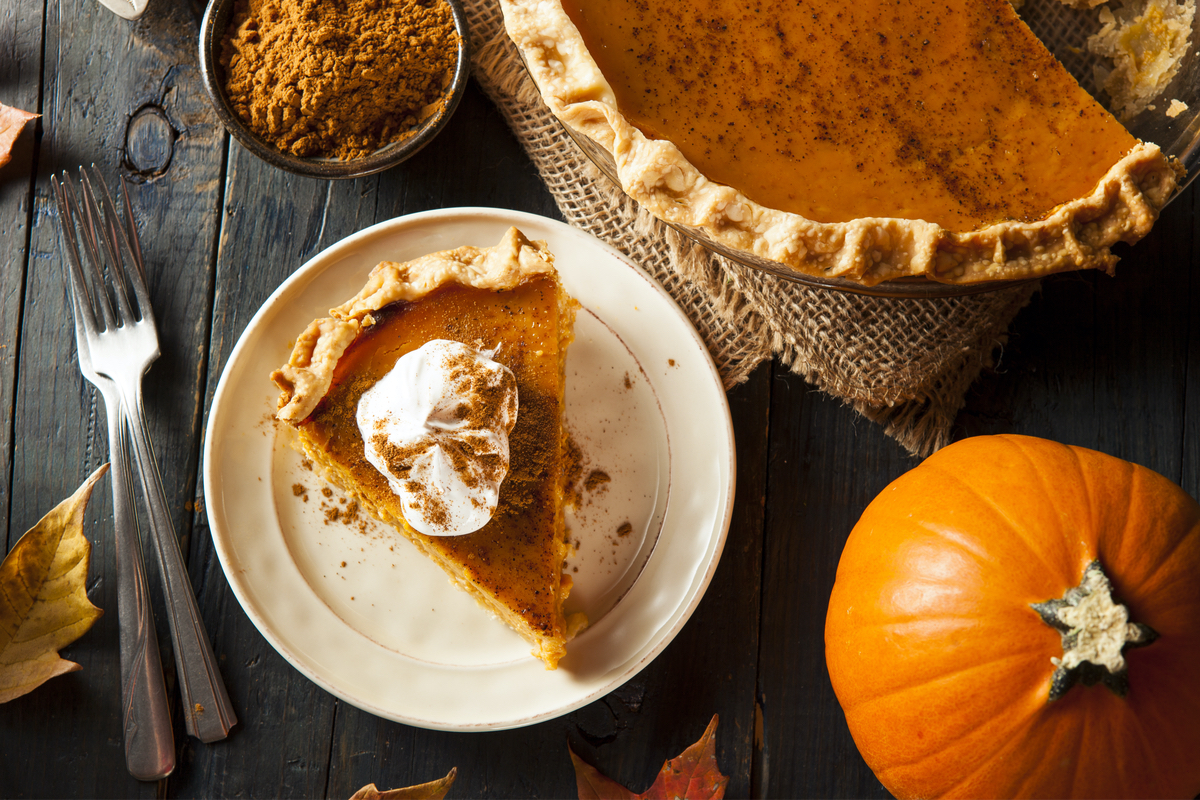
Measure servings
If you’re displaying cakes, brownies, tarts, or pies and want them to be evenly cut, all you need is a ruler to make sure each slice is the exact same size. This is especially helpful when serving kids who are constantly searching for the biggest piece of cake or pie. Make the “his piece is bigger than mine” argument a thing of the past, and assure them that everyone’s serving is equal. In baking, presentation matters, and a ruler makes every piece look clean and professionally made.
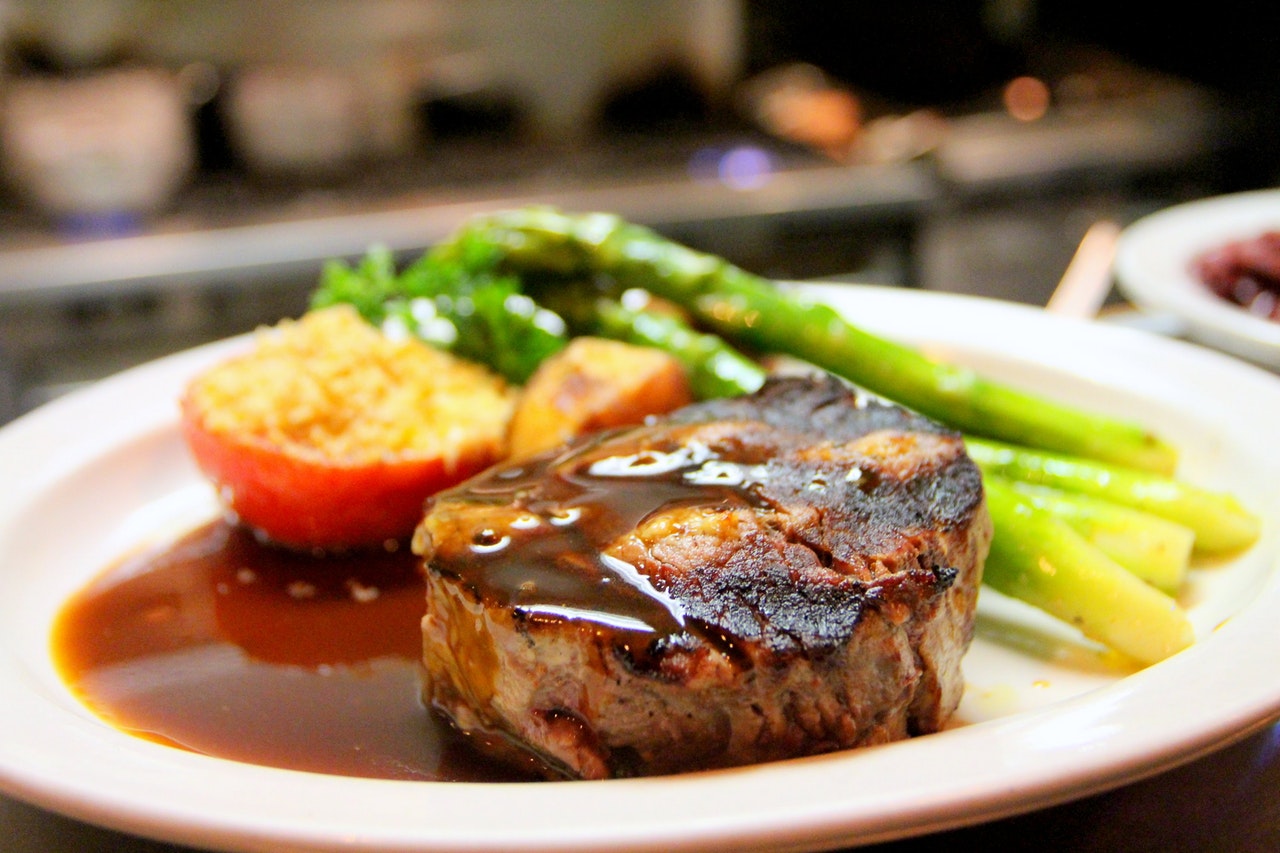
Meat thickness
Cooking filets can be tricky, as just a few minutes can be the difference between the perfect medium-rare piece and an overcooked rock. Cooking times for meat depend largely on the thickness of the cut, so grilling with a ruler is certainly a must. Further, some recipes call for pounding poultry or pork to a certain thickness, so while you’re getting more comfortable in the kitchen, use a ruler the first few times until you’re able to tell just by looking at it.
For many cooks who are just getting started, it can feel overwhelming to tackle a complex recipe that calls for exact measurements. With a ruler, you can have the confidence to try new things because you can follow the recipe exactly. Bakers have long kept a kitchen ruler in their list of must-have kitchen utensils, but they are nearly as important to grilling enthusiasts, sauce makers, and pizza chefs. If it isn’t already, a sturdy metal ruler will soon be a staple in your kitchen drawer, right next to the measuring cups and spoons.



